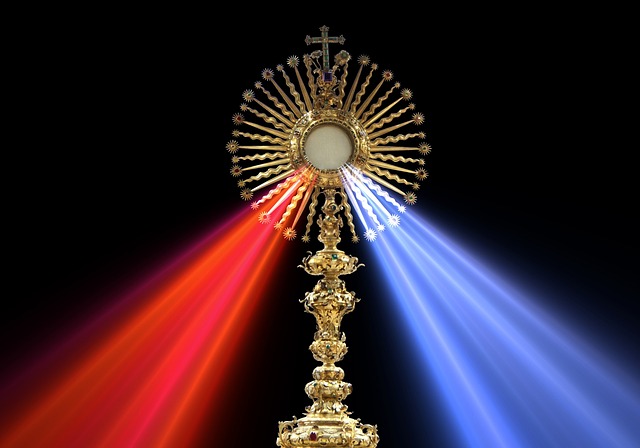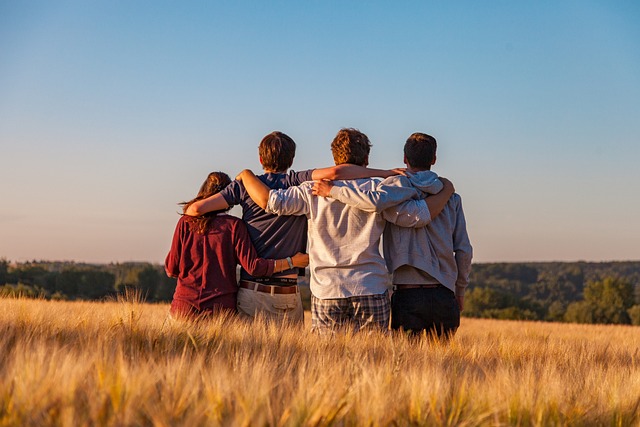Uniting Through Shared Beliefs: The Heart of Religious Meetings
There’s something uniquely powerful about coming together with others who share your beliefs and values. Religious meetings are more than just routine gatherings; they serve as the pulse of communities where faith is not only practiced but lived collectively. These moments offer attendees a profound sense of belonging and create a ripple effect that touches every aspect of community life.
Building Bonds Beyond the Surface
When people gather for religious meetings, they’re doing much more than attending a service or participating in rituals. They’re weaving an intricate web of connections based on trust, empathy, and mutual support. The shared experience of worship, prayer, or reflection fosters deep interpersonal relationships that stretch far beyond the walls of the meeting place. In essence, these meetings become the foundation upon which strong, resilient communities are built.
A Sanctuary in a Fast-Paced World
In today’s fast-paced, often isolating world, religious meetings provide a sanctuary where people can slow down and reconnect — both with their faith and with each other. They offer continuity amidst change and a safe space where individuals from diverse backgrounds can find common ground. This shared sense of purpose and identity strengthens community bonds, helping participants feel less alone and more supported in their daily lives.
Empowering Collective Action
Religious gatherings often serve as catalysts for community initiatives, charitable activities, and social support networks. When a community unites around shared values, it empowers individuals to work together toward common goals—whether that’s feeding the hungry, supporting families in crisis, or advocating for justice. The sense of belonging cultivated during these meetings inspires action that extends well beyond the spiritual realm into tangible, positive change.
Cultural Preservation and Intergenerational Connection
Religious meetings are vital in preserving cultural heritage and ensuring that traditions are passed down through generations. They provide a living link between past, present, and future, where stories, songs, and practices are shared and cherished. This intergenerational exchange enriches community identity and keeps the spirit of the collective alive and thriving.
Conclusion
Religious meetings hold a special place in the tapestry of community life. They do more than nurture individual faith; they cultivate shared experiences that knit people together with bonds stronger than circumstance. Through these gatherings, communities find strength, purpose, and unity—reminding us all of the profound power of coming together in faith.




